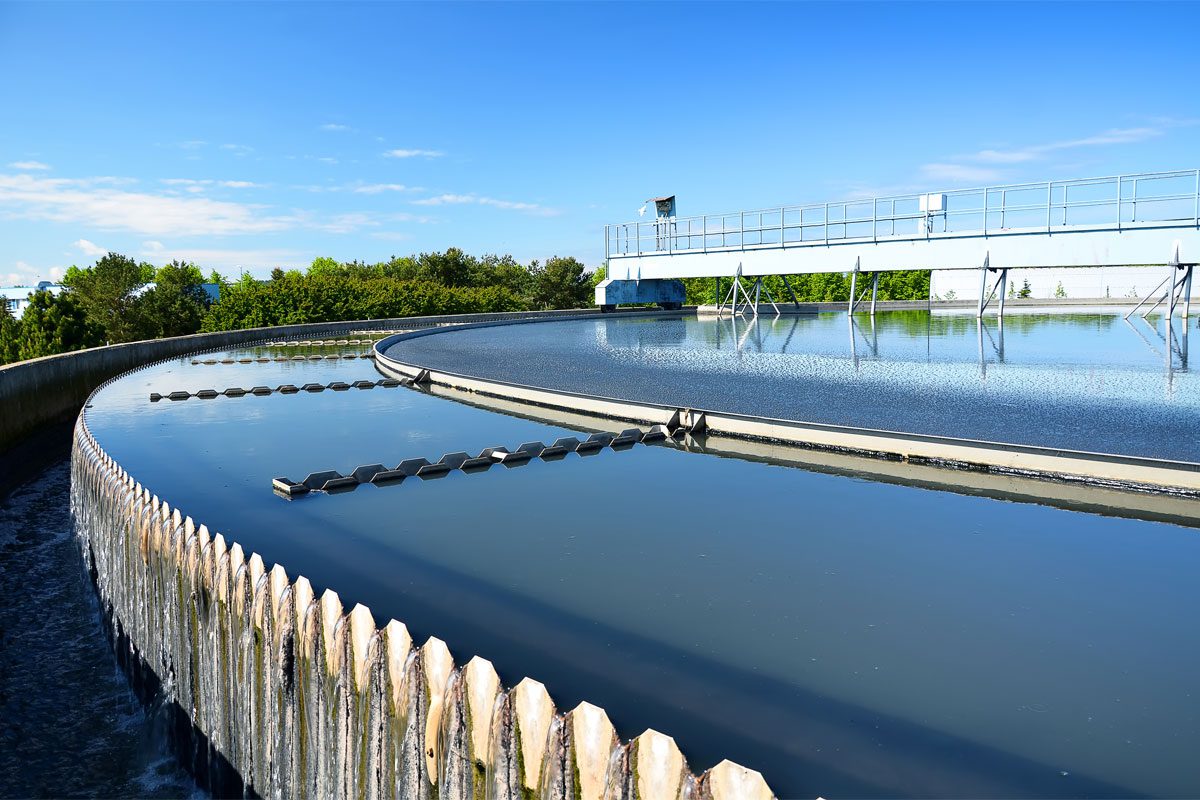Amidst spiralling costs for energy, fuel, chemicals and just about everything else, there’s never been a better time to optimise your wastewater treatment process. Let’s take a journey through a typical site to identify areas where savings can be made.
Understanding trade imports and process headroom
Trade wastes can offer tempting additional revenue, but accepting tankered imports requires careful planning to minimise downstream risk to the treatment works and ensure ongoing compliance. Wastes should be characterised for BOD, COD and other aspects including inhibition testing to understand potential impacts on biological treatment. When combined with process data in tools such as BIOWIN, headroom capacity and changes in final effluent quality can be modelled before any wastes are accepted.
Chemical dosing of primary settlement tanks (PST)
Another top tip is chemical dosing upstream of the PST to filter out phosphates, which helps sites meet tighter phosphorus limits. There are, however, two important things to consider. One is the careful selection of the optimum coagulant type and dose rate, which is key to minimising chemical usage. It is also important to ensure an acceptable nutrient balance – sufficient phosphorus reduction without excess carryover of the chosen chemical (typically iron or aluminium) – for the next biological treatment phase. This is achieved through a series of jar tests and analysis of the supernatant (material that floats on a liquid surface).
Efficiently reduce aeration at the secondary biological treatment
We recommend a couple of methods to reduce treatment works aeration, which accounts for approximately half of energy costs. Optimising sludge age, or the amount of time sludges are aerated, and calibrating dissolved oxygen probes (used to measure oxygen concentrations) ensure that just enough oxygen is added to the process. It is also wise to evaluate aeration system efficiency through oxygen transfer testing.
Proactive management of final settlement tanks
Poor settlement of the activated sludge leads to compliance challenges. One way to address this is by pro-actively managing tanks, including microscopic analysis of the activated sludge.
Taking lithium tracer tests for anaerobic digesters
Anaerobic digester optimisation is key to maximising revenue and achieving net zero. One effective method to ensure smooth operation is lithium tracer testing, which identifies poorly mixed digesters and grit/sediment accumulation. Poor mixing or reduced active volume leads to incomplete digestion resulting in lower biogas yields, as well as potentially causing disruptive foaming events.
Optimise sludge processing
Thickening and dewatering of sludge often requires the use of polymer to improve performance. Optimising dosing will minimise polymer expenditure and lead to better sludge cake and liquor quality, resulting in lower transport costs and more efficient liquor treatment. Polymer dosing can be optimised through specialised testing where different polymer types and dose rates are applied to determine the most favourable outcome.
Want to know more about how to optimise your process performance? Aqua Enviro, a SUEZ company, offers all of the above services and more. Contact Paul Pickard at paul.pickard@aquaenviro.co.uk for more information.







